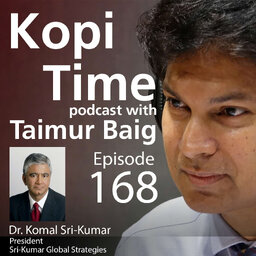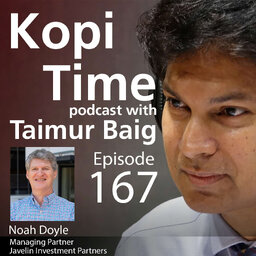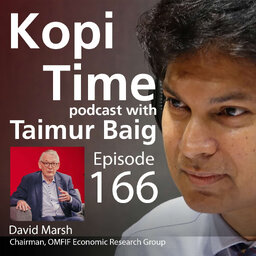Kopi Time E102 - Mustafa Chowdhury on why rates will remain higher for longer
Mustafa Chowdhury, who has held senior positions at Voya Investments, Deutsche Bank, Bear Stearns and Freddie Mac, brings his deep fixed income expertise to Kopi Time. We start with his takeaways from the debt ceiling drama, which Mustafa argues left President Biden the winner. He however remains unconvinced that a meaningful debt consolidation is likely in the coming years, given the ballooning expenditure needs ahead. He then offers his insights on the information content embedded in the deeply inverted yield curve, weighing on recession probability versus fixed income strategy of institutional investors. Mustafa believes that market pricing on inflation expectations is too sanguine, and a better gauge is consumer survey based expectation measures. Building on that, he expects sticky inflation and a “higher for longer” narrative for interest rates. Having said that, he is not uniformly bearish US fixed income, pointing out pockets of value in various products and strategies. Mustafa also weighs in on financial stability, systemwide liquidity, relative value, and portfolio allocation. Can’t-miss insights.
 DBS Economics & Strategy
DBS Economics & Strategy


